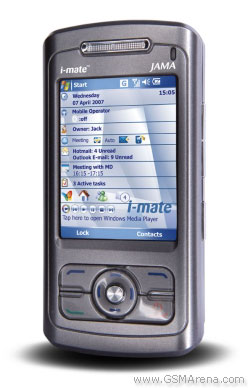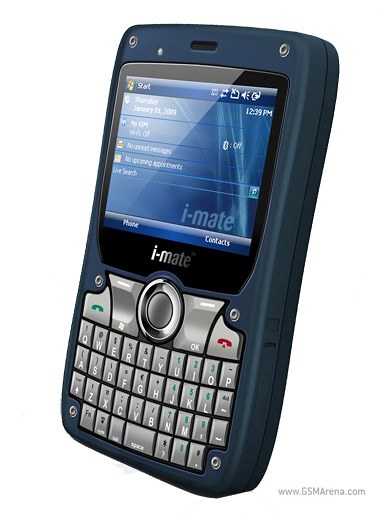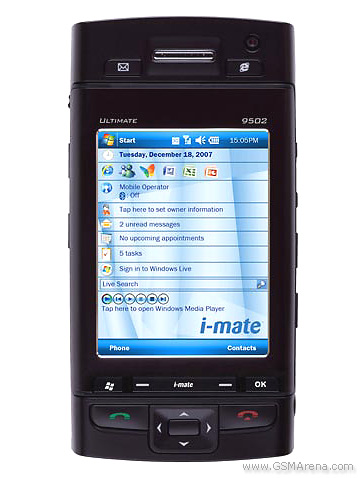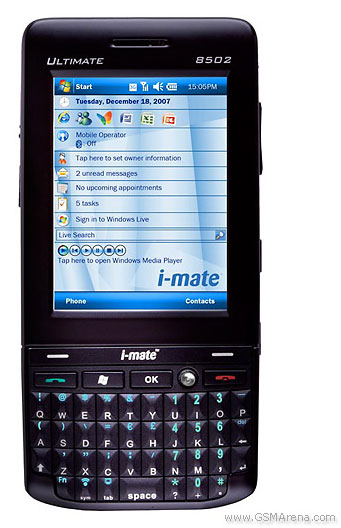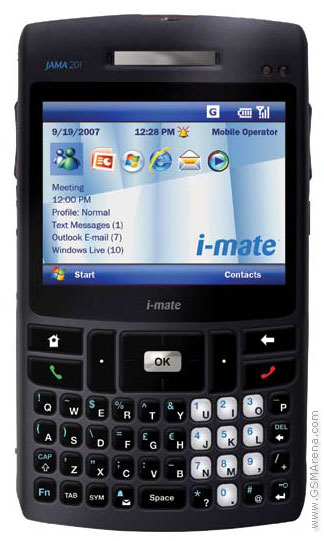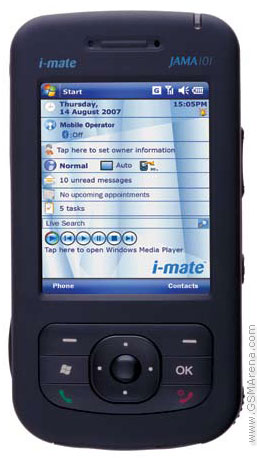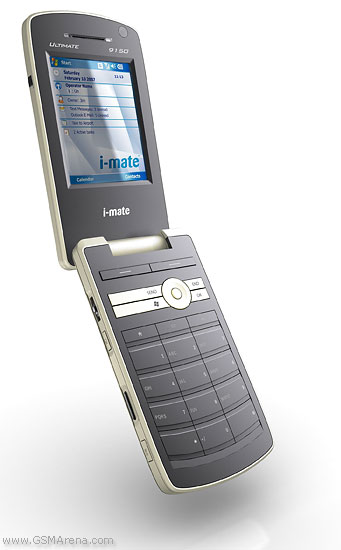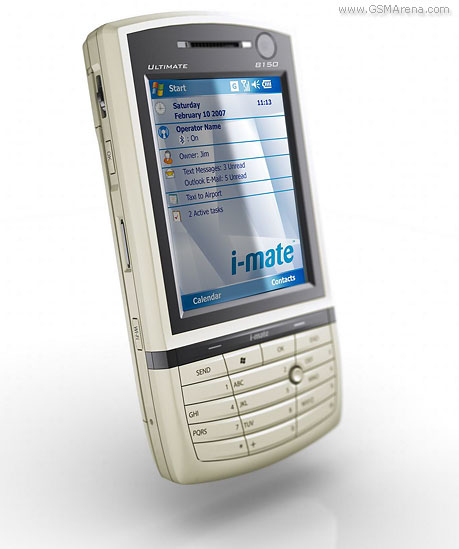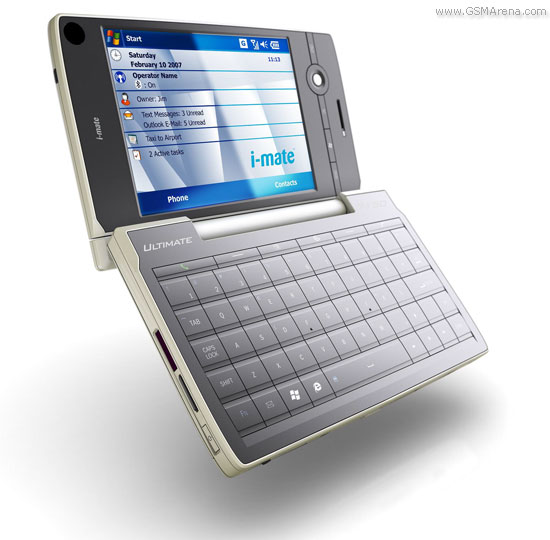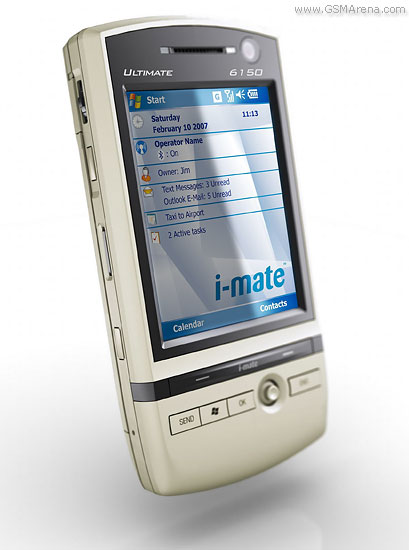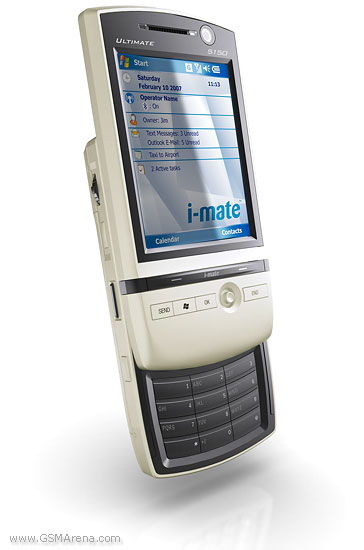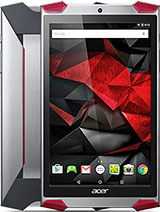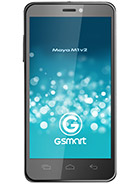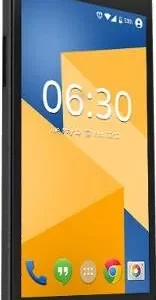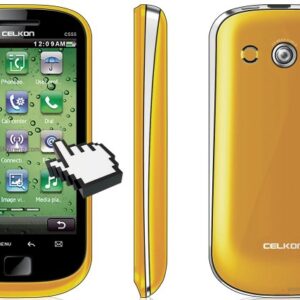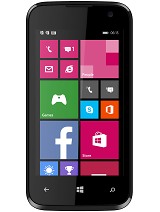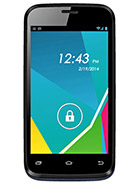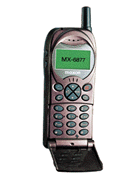i-mate JAMA Overall
The i-mate JAMA, released in June 2007, represents an era of transition and experimentation in the mobile industry, notably for integrating Windows Mobile into a compact, consumer-friendly form factor. With its 2.4-inch display, the JAMA offered a balance between portability and usability, aiming to cater to both business users and tech enthusiasts looking for a pocketable device capable of more than just basic phone functions.
Equipped with a 2 MP primary camera, the i-mate JAMA fell into the category of early smartphones that started incorporating digital photography into daily mobile use, albeit with limitations in image quality compared to today’s standards. The inclusion of a 1000 mAh battery was standard for the time, providing enough power to get through the day with moderate usage.
The device’s performance was powered by a modest hardware setup, featuring 64 MB RAM, which was adequate for running the relatively lightweight Windows Mobile platform and its applications. However, by today’s standards, such specifications would be considered extremely limited. The i-mate JAMA was part of a niche market segment that sought to merge PDA functionality with mobile connectivity, a precursor to the modern smartphone era.
